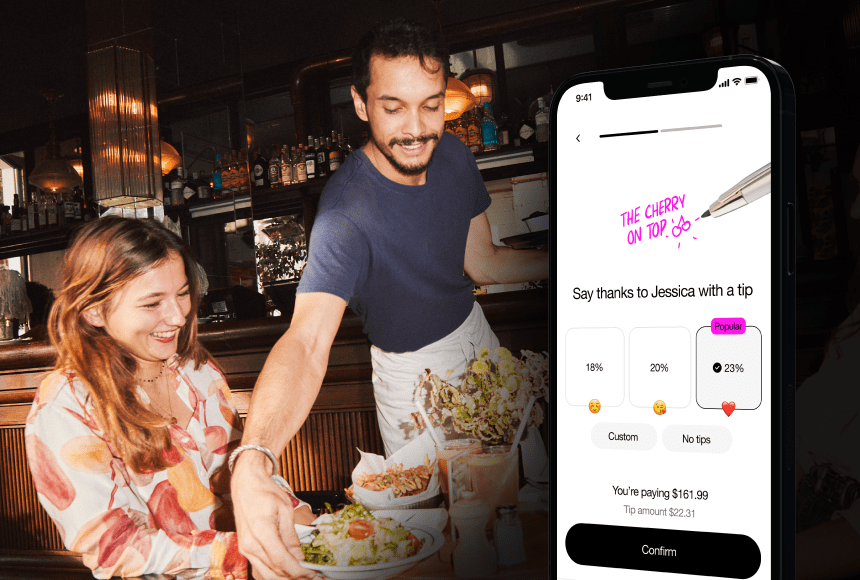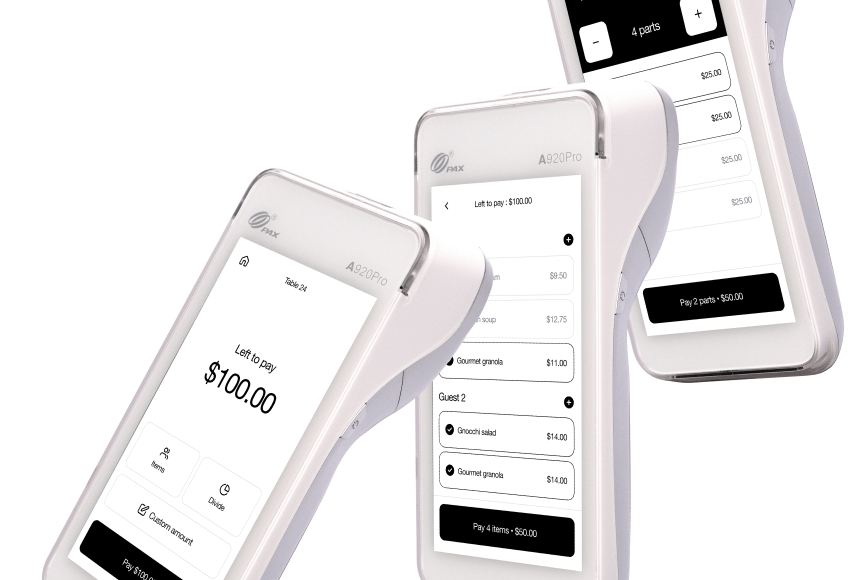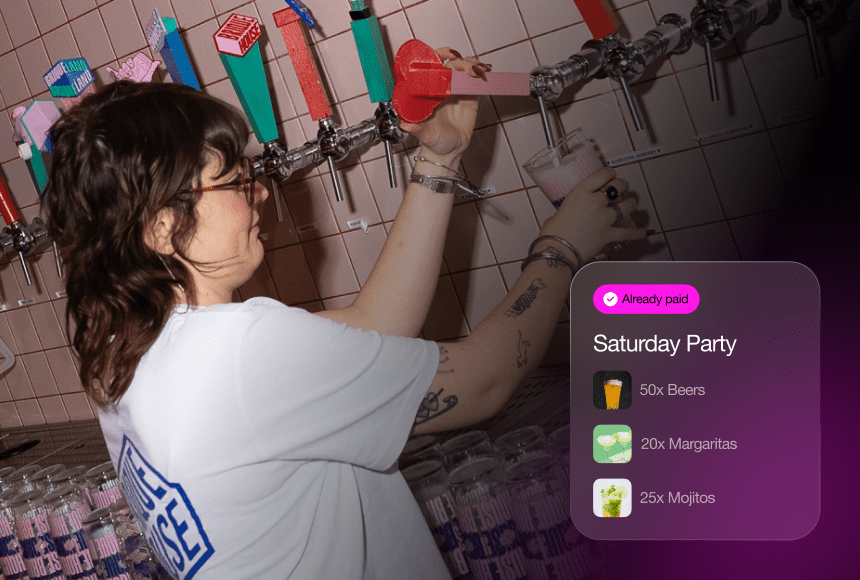
From Cash Jars to Digital Screens: How Tipping Culture Is Evolving in American Restaurants
A Brief Look Back: The Roots of Tipping Culture in the US
America’s tipping culture didn’t start in a vacuum. In the years following the Civil War, European travelers brought the concept of gratuities to the United States. Over time, leaving a tip became customary, especially in service-oriented industries. Bars and restaurants placed jars on the counter labeled with some witty signage, hoping to spark the generosity of customers. These simple “cash jars” served the dual purpose of encouraging feedback and reminding guests about proper etiquette.
By the early 20th century, tipping was robustly entrenched in the American dining experience. Employers often offloaded a portion of servers’ wages to guests—relying on tips to supplement below-minimum hourly pay. Despite periodic movements to abolish the practice, the tipping system persisted, weaving itself into the country’s culinary and cultural fabric. For many restaurants, those simple jars by the cash register transformed into a significant part of a server’s income.
According to a 2022 National Restaurant Association survey, tipping remains a vital source of earnings in the hospitality industry. Cash jars may still exist, but the shift toward digital solutions is rapidly changing how and when guests leave tips. It’s no longer just a policy—it’s a point of focus for restaurants, reflecting deeper shifts in finance, technology, and consumer habits.
Why Tipping Remains at the Heart of American Dining
While certain countries have a no-tip tradition or a service charge included in the bill, the US still holds onto the tipping process. It’s part of a broader cultural expectation: in an American restaurant, guests anticipate that a part of the staff’s income comes from tips. Servers rely on gratuities, and diners find value in rewarding good service directly.
There are good reasons why this system persists:
- Service Incentive: Tipping culture is often seen as a motivator, pushing servers to go above and beyond in providing a top-notch dining experience.
- Customer Control: Patrons feel empowered when they can reward exceptional attention or withhold it if the service falls short of expectations.
- Legacy and Familiarity: Generations of Americans grew up rounding up their bill, and the act of leaving a tip is deeply ingrained in local dining traditions.
Unfortunately, familiarity doesn’t always mean simplicity. Cash is no longer king—digital payments are growing in popularity. How will this shift affect tipping? Understanding the evolution of gratuities can help restaurant owners stay aligned with guest preferences, staff needs, and financial realities.
Digital Transformation: Where Tech Meets Tradition
Payment methods and tipping habits don’t exist in separate universes. They evolve alongside each other. The old cash jar at the counter has given way to new technology. Today, guests can pull out a smartphone, scan a QR code directly at the table, pay, leave a tip, and even instantly post a review on Google—often in under a minute.
Some highlights of this digital shift include:
- Seamless Transactions: Devices like tablet-based point-of-sale (POS) terminals make it easier to propose default tip amounts, such as 15%, 20%, or 25%. This decreases social awkwardness and speeds up the checkout process.
- Mobile Payments: Services using QR codes allow diners to pay without waiting for the check. Restaurants can offer digital receipts for personalization or marketing follow-ups.
- Integrated Reviews: Many platforms enable a quick transition from paying to leaving feedback, helping restaurants gather valuable opinions that can attract new customers.
It’s a balancing act: preserving tipping traditions while leveraging modern methods to enhance efficiency. For forward-thinking owners, the transition isn’t just about reducing friction. It’s about reimagining how guests experience the act of tipping at every stage of their meal.
Empowering Staff and Improving Guest Experience
Tipping, at its core, offers staff a tangible reminder of their performance. When the system moves from physical cash to digital prompts, the same principle applies but with added benefits:
- Higher Tip Averages: Studies show that digital POS systems often lead to increased tip percentages. According to Toast’s 2022 Restaurant Trends Report (Toast Report), full-service restaurants see an average tip of around 19.6%. When the payment process simplifies, many customers opt for instantly suggested tipping amounts, leading to less hesitant generosity.
- Quick Decision-Making: When a guest is prompted with an option to tip on a screen, they face less stress compared to calculating a tip in their head. Predefined percentages free diners from mental math, enabling them to tip quickly.
- Clear Transparency: Digital transactions can include itemized breakdowns. Guests can see exactly what each portion of their payment covers, from the meal itself to the gratuity. This creates trust and boosts service satisfaction.
For restaurant owners, the result is an energized staff, improved morale, and a more streamlined closing routine. It’s not just numbers on a screen; it’s about forging a more positive connection between the front of the house, the back of the house, and the guests.
The Psychology of Digital Tipping
At first, many owners worry that giving diners the freedom to tap “no tip” before leaving might lead to lower gratuity totals. Yet, the opposite often unfolds. The psychology of digital tipping can significantly benefit restaurants:
- Prominent Prompts: When tip suggestions—15%, 20%, 25%—appear as buttons, it nudges people toward picking one rather than opting out.
- Social Expectation: Even in a digital format, Americans remain aware that tips are customary. Skipping the tip on a public-facing device can still feel impolite, which subtly encourages people to be generous.
- Gratification Factor: Tapping the “complete payment” button is a moment of reward for the customer, too. It’s a finishing touch on the dining experience, especially if it’s smooth and quick.
Going digital, in other words, doesn’t mean losing the emotional drivers behind tipping. The technology just becomes another platform through which guests can show their appreciation for good service.
Best Practices for Transitioning to Digital Tipping
For restaurant owners ready to modernize their tipping system, the process goes beyond buying new POS hardware or introducing QR codes. Below are steps that can ensure a smooth transition:
- Train Your Team: Staff should fully understand how to guide guests through digital tipping. Make sure servers feel comfortable explaining, “Here’s how you add the gratuity,” in a friendly, concise way.
- Optimize Tip Prompts: Predefined tipping suggestions make a huge difference. Tailor them to your price point and usual tip patterns. This feature can protect staff income while keeping customers content.
- Communicate Benefits: Let people know they can settle their bill quickly without hunting down the server. Some solutions, such as sunday, allow guests to scan a QR code on their table, pay in seconds, and often leave a bigger tip simply because the process is streamlined.
- Use Clear Signage: Include tiny notes or table tents indicating digital payment options. Clarity reduces confusion and promotes usage.
- Highlight Security and Privacy: Reassure guests that card information is encrypted and that you follow strict payment policies. Transparency fosters trust.
- Gather Feedback: Adopt a system that allows customers to submit comments or reviews after tipping. This data is invaluable for identifying areas of improvement.
A successful transition doesn’t happen overnight. It’s a journey of communicating changes, training teams, and adapting to ongoing feedback. When done right, digital tipping can increase liquidity, boost staff wages, and reduce the wait time that often frustrates guests.
Overcoming Common Challenges
Introducing new technology in a restaurant setting can stir anxieties. Restaurant staff may fear that digital options will limit their tip amounts or create technical issues when the dining room is packed during peak hours. The good news is that many of these challenges only require small adjustments.
- Technical Glitches: Occasional hiccups such as hardware malfunctions or network downtime require backups. Always have a reliable fallback plan, such as a mobile hotspot or an additional tablet, so payments continue uninterrupted.
- Guest Concerns: Some customers may initially resist a shift from signing paper receipts or handing over a card. Patience is key. Offer a brief explanation of how convenient, safe, and quick the process is. Most guests adapt rapidly once they see the advantages.
- Staff Hesitation: Servers might worry that digital tipping feels less personal. Encourage them to provide great service, remind them that predefined prompts naturally yield higher tips on average, and share real results once the system has been in place for a while.
- Data Management: With digital transactions, you’ll generate a lot of data. Make sure you have a system for analyzing daily sales, tips, and feedback. This can streamline accounting and help you optimize staff scheduling, menu changes, and promotional efforts.
Resolving these common issues lies in preparation. From staff training to emergency backups, a well-planned approach to digital tipping can keep your restaurant humming smoothly, even during the busiest shifts.
Real-World Example: One Restaurant’s Success Story
To illustrate how a move from cash jars to digital screens can revolutionize tipping, consider a mid-sized bistro in New York City called The Golden Plate. Known for its comfort fare and bustling brunch scene, The Golden Plate decided to adopt QR code payments and integrated tipping.
Before adopting digital tipping, they relied on a classic approach: the server dropped off the check, guests used card or cash, and the server brought back receipts to sign. This process often slowed table turnover, driving up wait times. Gratuities shrank when servers couldn’t offer prompt attention.
The owners introduced a digital payment solution that allowed guests to scan a QR code on the receipt or even on the tabletop. Within days:
- Average tips increased from 18% to around 20.5%.
- Servers saved up to ten minutes per table by eliminating multiple trips to the terminal.
- Guest satisfaction scores rose, in part due to the convenience of prompt payment.
- Online reviews mentioning “fast and easy payment” surged, drawing in new customers.
That success story goes hand in hand with what many restaurant owners are witnessing: a streamlined payment system fosters higher tips, smoother operations, and happier guests.
Looking Ahead: The Future of Tipping in an Evolving Industry
The digital tipping trend extends far beyond installing a new point-of-sale device. It’s about empowering guests to choose their own experience, staff to enjoy a more predictable tip flow, and owners to run an efficient operation. As smartphones and contactless payments become the norm, the old walls between servers, guests, and the register are disappearing fast.
Restaurant owners in the US should pay attention not just to convenience, but also to message. How you frame your digital shift—both to your staff and to your guests—can significantly impact acceptance. If you highlight improved service, faster payout for employees, and a frictionless payment process, the attitude toward digital solutions becomes more positive.
Some even speculate that the US might eventually move closer to the pricing models found in certain European countries, where service charges are included in the final bill. That possibility seems remote for now, but if the future calls for new tipping or billing formats, going digital is the perfect training ground. You’ll already be set up to adapt quickly, whether you decide to include an automatic service charge or keep the flexible structure of optional gratuity.
Above all, remember that tipping is about human connection and appreciation. Technology can smooth out the process, but your staff’s warmth and competence will always be the deciding factor that encourages higher gratuities—and repeat business.
Frequently Asked Questions
Is digital tipping secure?
Reputable digital payment providers use encryption and follow strict payment security standards (like PCI DSS). This setup ensures that sensitive information, including credit card numbers, is protected. By partnering with a reliable platform, you can confidently offer your guests a seamless and secure way to leave a tip.
Will staff earn less if customers switch to digital payments?
Most data shows that staff actually see higher tips when digital prompts are provided. Guests are more likely to pick a suggested tip amount on a screen than to calculate a custom percentage or opt out entirely. With less friction, diners often tip more generously.
How can I encourage customers to embrace digital tipping?
Focus on communication. Add small signs or instructions on tables so guests realize they can scan a QR code right away. Train your servers to explain how the system works, emphasizing its speed and convenience. Once customers see how quick and easy it is, they typically have no problem shifting their behavior.
What if some patrons still want to tip in cash?
Continue providing a traditional tip line on the printed check or maintain a small tip jar for those who prefer cash. Digital transformation doesn’t require you to abandon the old ways entirely. Offering both options accommodates various preferences and helps all customers feel comfortable.
Do I need an expensive setup to digitalize tipping?
Not necessarily. Many affordable solutions exist, and some integrate with the POS terminal you already have. Even smaller options—like QR code-based platforms—can be cost-effective and user-friendly. Look for a provider that offers customizable tip prompts and allows simple staff training.
How can digital tipping boost guest satisfaction?
People appreciate fast payment solutions. Instead of flagging down a server or waiting in line at the cashier, they can handle the transaction on their phone. Combine that convenience with transparent charges, and you create a stress-free final impression. Guests leave feeling good about their dining experience—leading to stronger reviews and better word-of-mouth.
Find out more today
Drop us your details below and we’ll reach out within the next 24h
More tips means a better service.
More tips mean better guest-experience, and better staff-retention.



